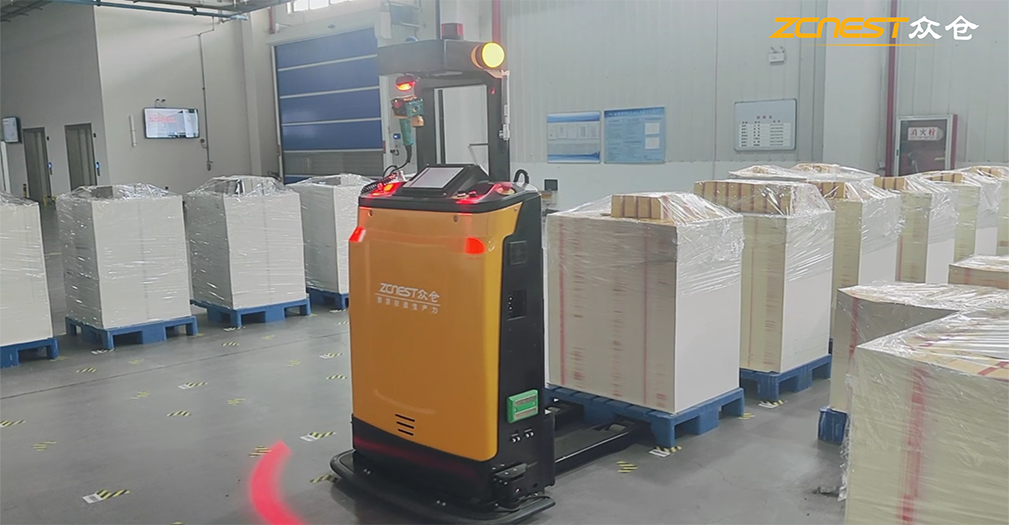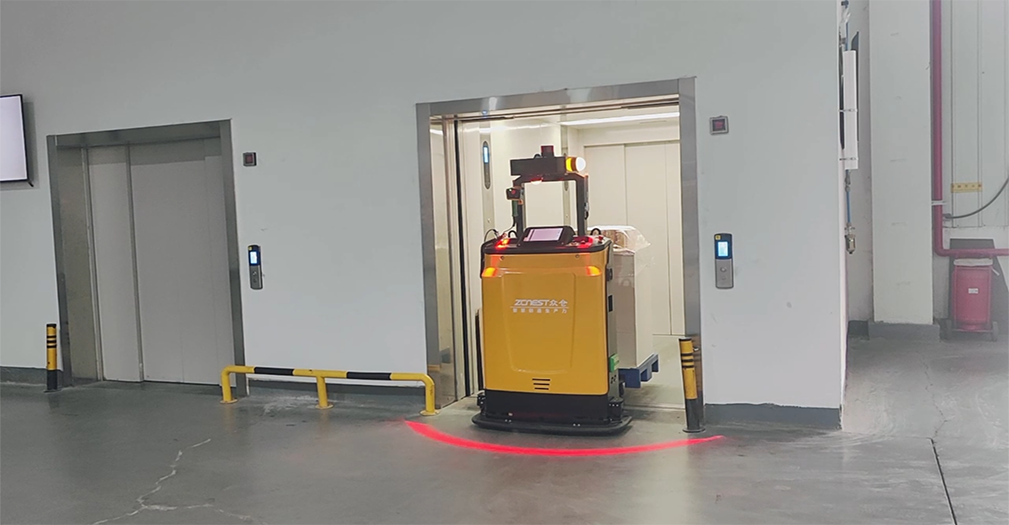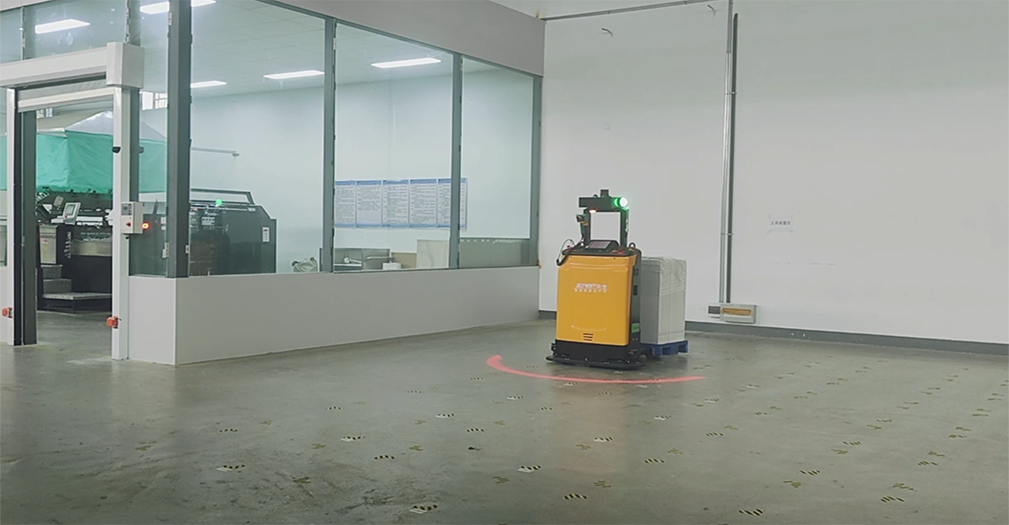The storage characteristics of cigarette production enterprises—large workshops, numerous processes, and complex information—often lead to low overall warehouse efficiency and high transportation costs. To achieve more scientific and efficient product storage while significantly improving logistics system performance, the introduction of forklift-type AMR to replace traditional handling methods has become a new solution for cigarette warehousing and sorting distribution.
1/ Project Challenges
1.The production workshops for this project are divided into multiple sites, covering a wide range of business processes, including printing, gravure printing, foil stamping, quality inspection, and shipping of cigarette packaging.
2.Traditional manual handling methods were previously used, resulting in low efficiency and complex information management. Issues such as inaccurate material data and handling errors were common. The error rate further increased in scenarios involving multi-specification pallets.

2/ Project Solution & Implementation
After an in-depth analysis of the challenges, ZCNEST leveraged its expertise to introduce the "PG-CD15" handling AMR into the project. This robot boasts robust handling capabilities and integrates with the WMS (Warehouse Management System) to achieve unified, efficient, and precise management of handling tasks across the entire facility.
Handling Process:
1.Material Preparation and Information Binding:
Once materials are prepared, the WMS automatically binds the material information to each pallet, ensuring accuracy.
2.Task Assignment and Execution:
The WMS sends handling task signals. Upon receiving the task, the AMR uses point cloud recognition technology to accurately identify the insertion surface of the pallet, ensuring precise handling actions.
3.Cross-Floor Handling:
The AMR interacts with the elevator system to enable seamless material transfer across different floors.
4.Task Completion and Return:
After completing the task, the AMR automatically returns to the rest area, awaiting the next assignment.

During implementation, the AMRs were required to participate in multiple key packaging production processes, with frequent material transfers between various staging areas. To address this, the system supports batch task assignments by aisle, with the WMS automatically allocating target locations to ensure efficient task execution.

Additionally, the workshop uses a variety of pallet types. Equipped with advanced pallet pose recognition technology, the ZCNEST PG-CD15 can automatically identify
the insertion surfaces of different pallets during operation and adjust its handling actions accordingly, ensuring accuracy and stability throughout the process.

3/ Project Value
1.Precise Information Management:
Through seamless coordination between AMRs, WMS, and RCS (Robot Control System), high consistency of information flow across all processes is achieved, ensuring accurate material data transmission and significantly reducing error rates.
2.Comprehensive Cost Reduction and Efficiency Improvement:
By replacing manual handling with forklift-type AMRs, production efficiency is enhanced, human error rates are minimized, and overall warehouse costs are reduced.
3.Sustained Competitive Advantage:
The enterprise gradually transitions toward automated warehousing, laying a solid foundation for future intelligent upgrades. This modernization aligns with industry trends, continuously boosting the company's competitiveness.
Founded in 2018, ZCNEST is a national high-tech enterprise specializing in the R&D, manufacturing, and sales of mobile robots and intelligent equipment, as well as a leading provider of intelligent warehousing and intralogistics solutions. The company boasts a highly skilled R&D team and adheres to the philosophy of "Smart Technology Creates Productivity." With continuous investment in R&D and innovation, it has independently developed a series of robotic products and supporting intelligent equipment, including forklift-type AMRs, Underdriven AMRs, and Heavy-Duty AMRs, as well as software and hardware systems such as the Robot Control System (RCS), Warehouse Control System (WCS), and Warehouse Management System (WMS).
Currently, the company serves a wide range of industries, including rail transit, logistics, food, pharmaceuticals, maternal and child products, and automotive. We will continue to advance the development of intelligent logistics and automated warehousing, striving to enhance productivity in intelligent storage and intralogistics, and fully realize digitalization, automation, and intelligence!